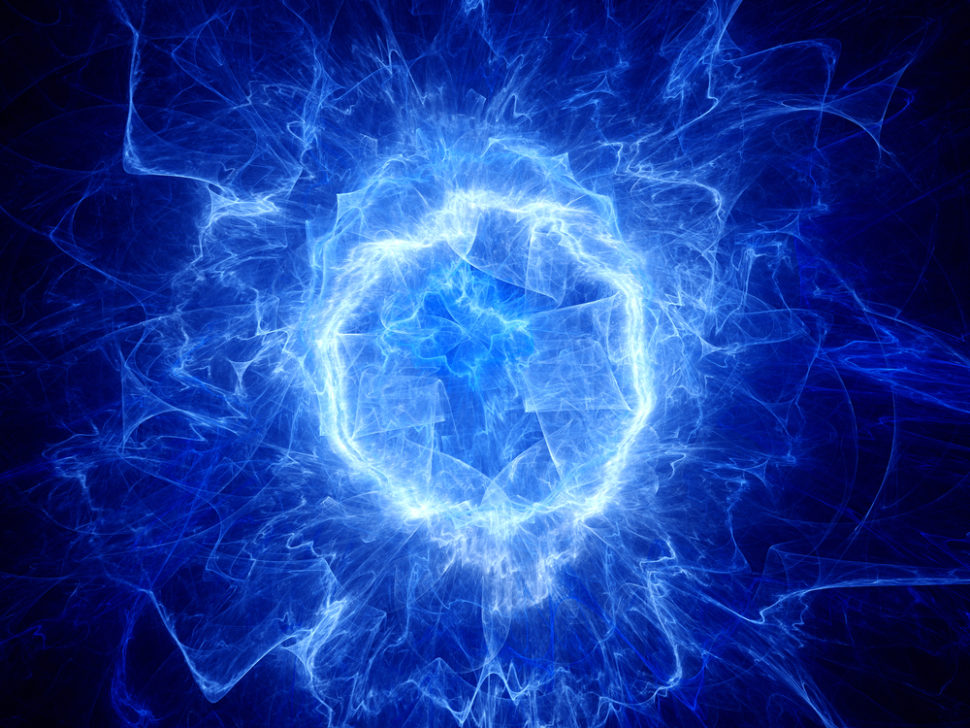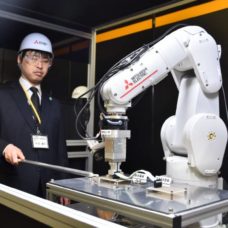In a paper published Tuesday in the journal Nature, Google scientists detailed how the tech giant’s $10 million cold fusion project has failed.
It’s been three decades since the academic community hailed cold fusion as the future of clean energy generation. It all began when Martin Fleischmann and Stanley Pons revealed they were able to harness nuclear power in an electrolysis apparatus during an experiment.
The announcement immediately attracted the attention of scientists across the globe. Many attempted to replicate what the duo claimed to have achieved. However, instead of confirming Fleischmann and Pons’ discovery, the succeeding trials only led to experimental errors and numerous failures.
After debunking the duo’s claims, the scientific community immediately turned its back to cold fusion and declared it as pathological science.
For some, the idea may have been dead but not to modern-day tech companies and other scientists who still believe in the potentials of the phenomenon.
Google’s $10 Million Cold Fusion Project
Google is a company known for spearheading the many technological breakthroughs of our generation. However, it is also famous for supporting renewable energy projects.
The Silicon Valley company has invested millions of dollars in clean energy to power its many offices and data centers. As part of its growing efforts to provide the world with a more sustainable and cleaner source of energy, the company launched a $10 million-dollar cold fusion project in 2015.
The tech giant believed that cold fusion was judged prematurely during Fleischmann and Pons’ time. Google funded multiple laboratories around the world, asking over 30 researchers to revisit three cold fusion experiment proposals.
The researchers involved in the program published multiple papers on the experiments. However, the one released this Tuesday summarized what everyone failed to achieve in the past four years: find any evidence that the phenomenon indeed exists.
Despite the disheartening end of the project that hopes to give humanity an alternative, limitless source of energy, many noted that the materials, tools, and insights produced by the scientists could still benefit other areas of energy and fusion research.


















Comments (0)
Least Recent